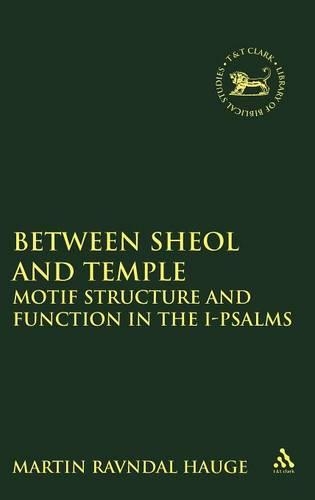
Between Sheol and Temple: Motif Structure and Function in the I-Psalms
(Hardback)
Publishing Details
Between Sheol and Temple: Motif Structure and Function in the I-Psalms
By (Author) Martin Ravndal Hauge
Bloomsbury Publishing PLC
Sheffield Academic Press
1st March 1995
United Kingdom
Classifications
General
Non Fiction
223.206
Physical Properties
Hardback
322
Width 156mm, Height 234mm
630g
Description
As against traditional cultic and sociological interpretations of the 'I' Psalms, this original study stresses the 'I' as a literary figure. Yet on the other hand, the historical interest of the traditional models is retained, here with emphasis on 'original' function and intent. There is a common set of central motifs related to the 'I'-figure, most easily discernible when referring to categories of locality. The 'I' is depicted in a sacred landscape of contrasting localities-'Sheol' and 'Temple' connected by the concept of 'Way'. This motif structure deploys an ideological language in which the 'I' figure is an embodiment of a religious paradigm, that attests a process of actualization and integration. The religiosity of these texts is of a mystical character, pointing to some religious practice of intense personal character aimed at experience of a divine reality. No doubt the social location of such experience was among the elite, but some texts hint at a possible 'democratization' of the religious practice they portray.
Author Bio
Martin Ravndal Hauge teaches in the Institute of Biblical Studies at the University of Oslo.
